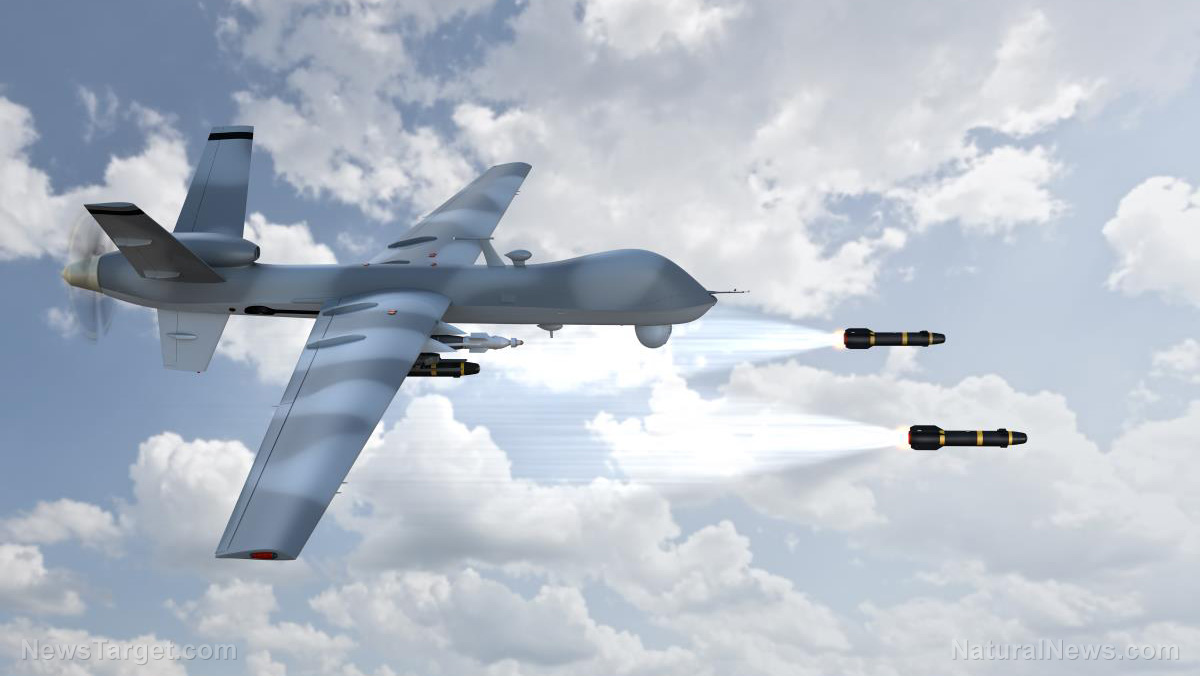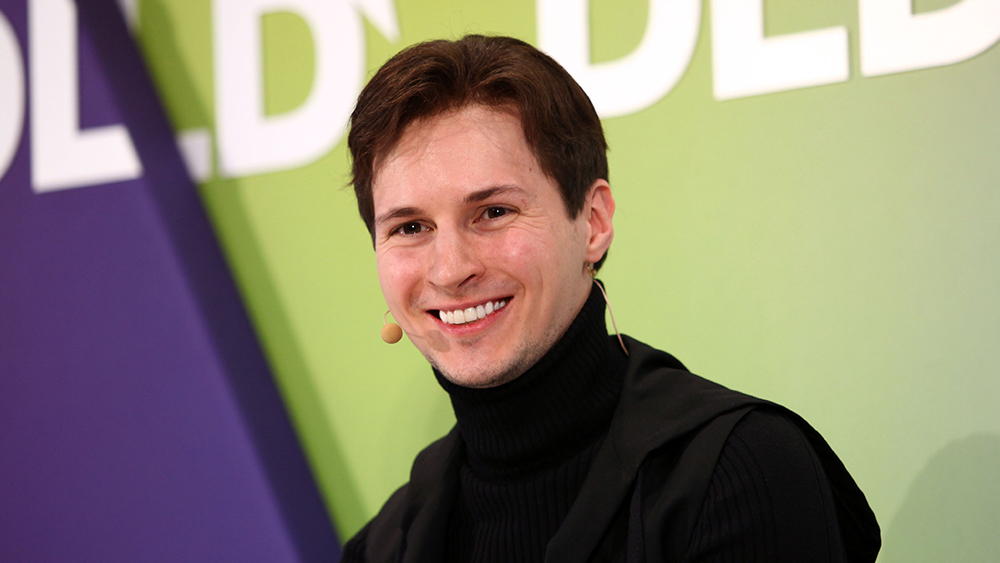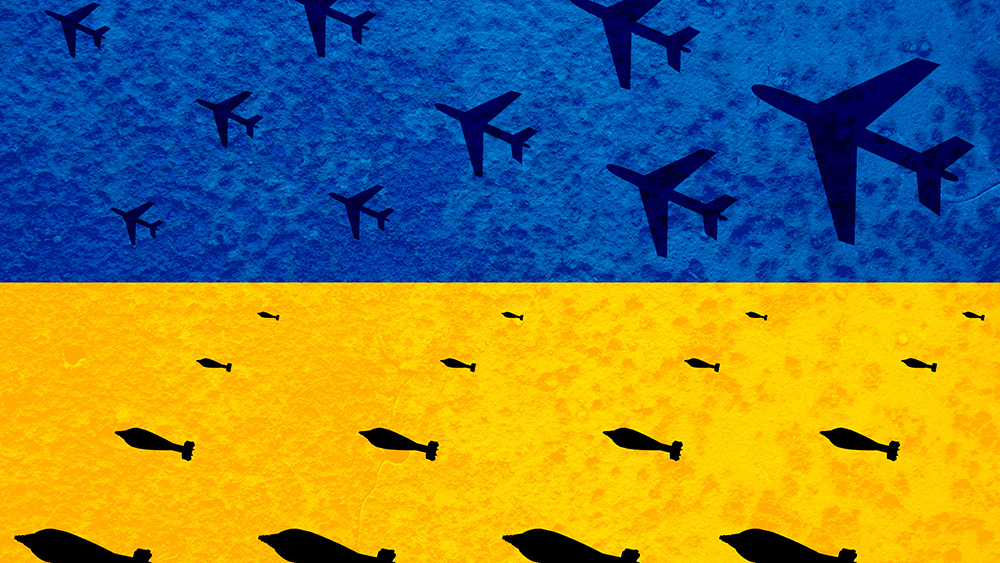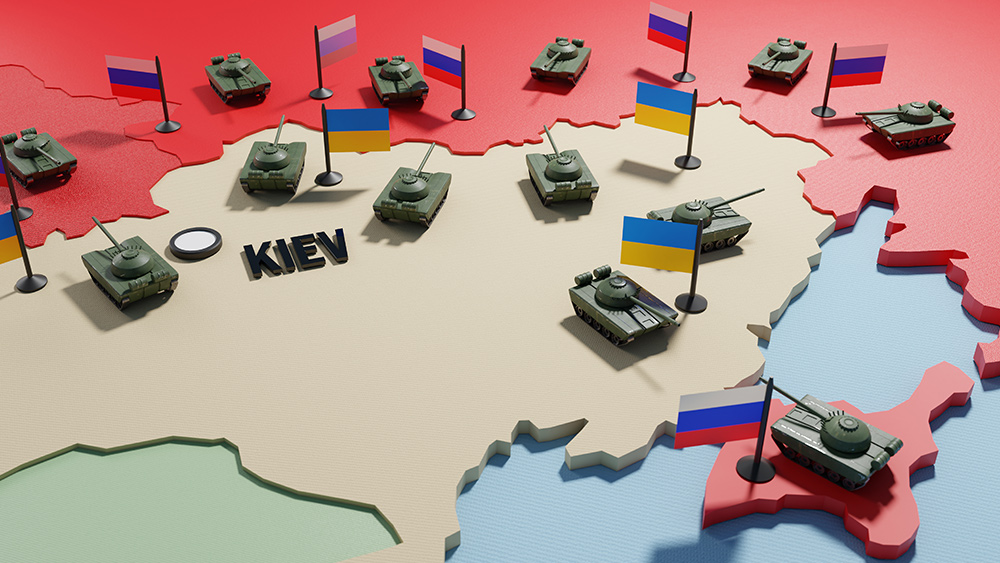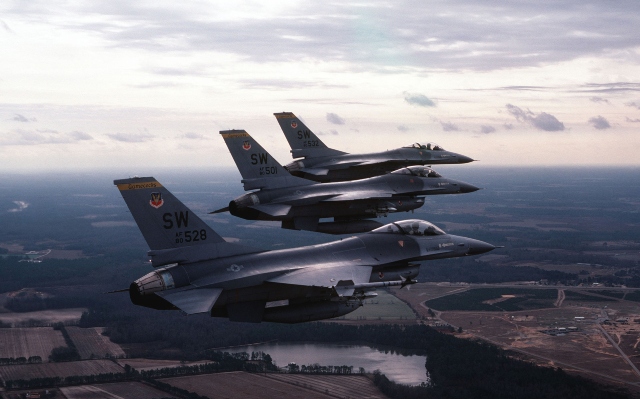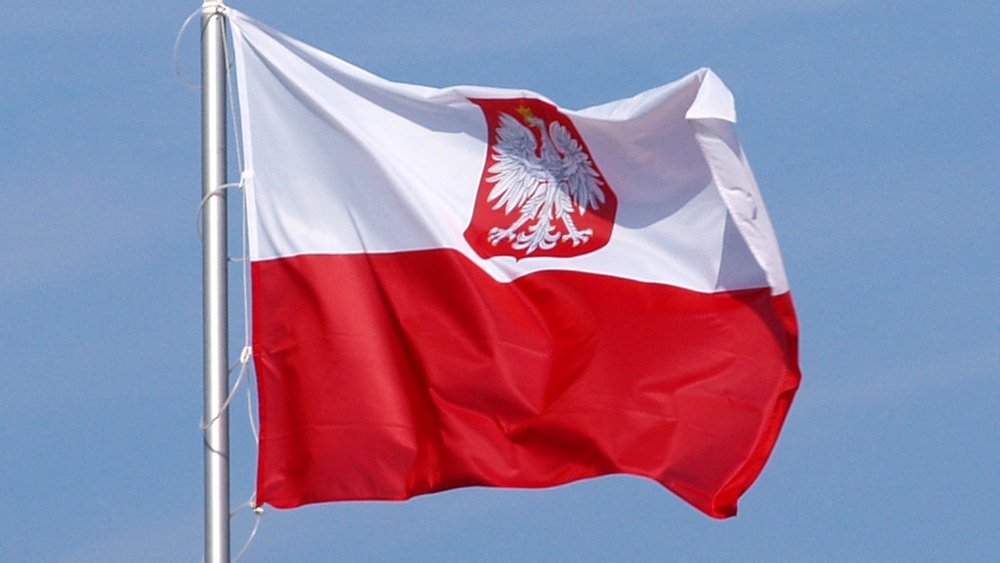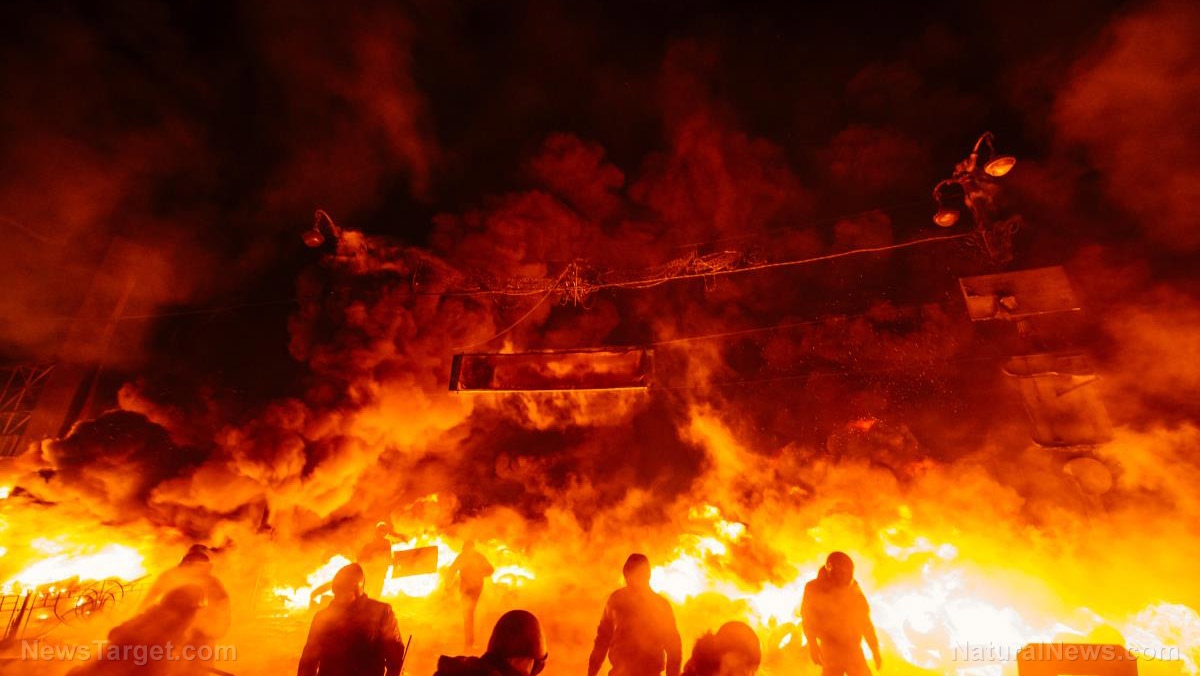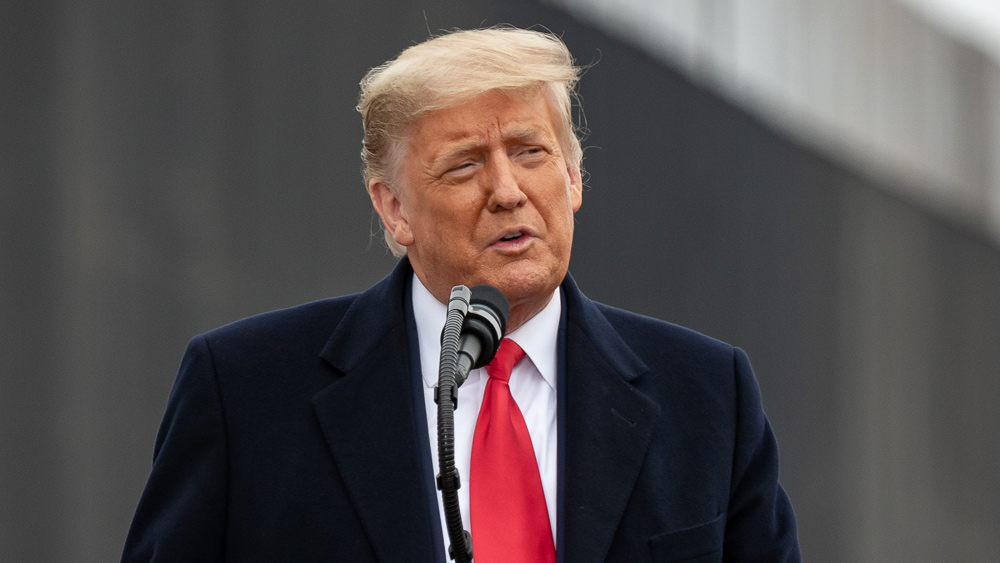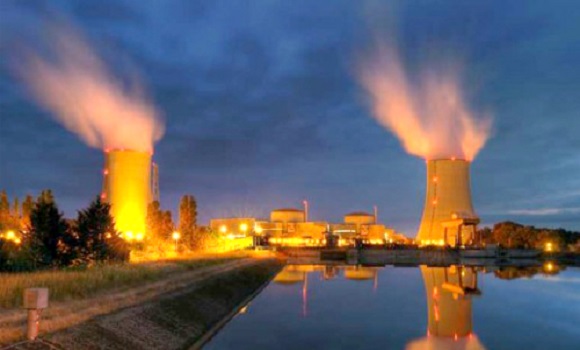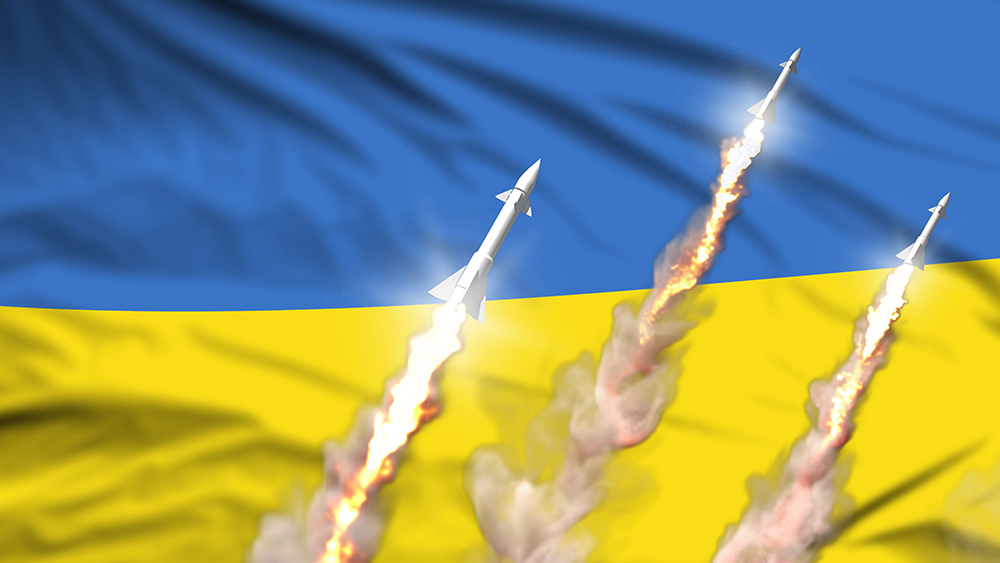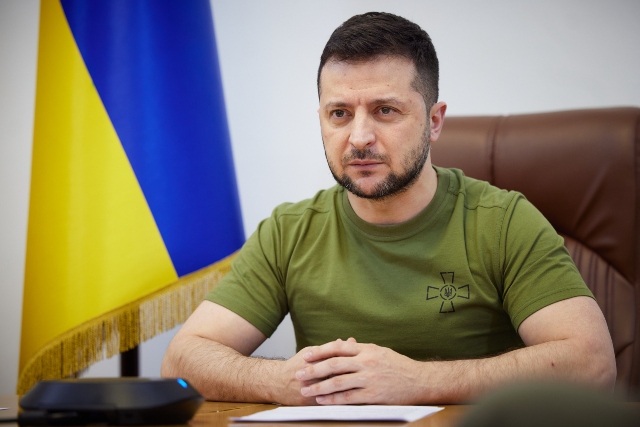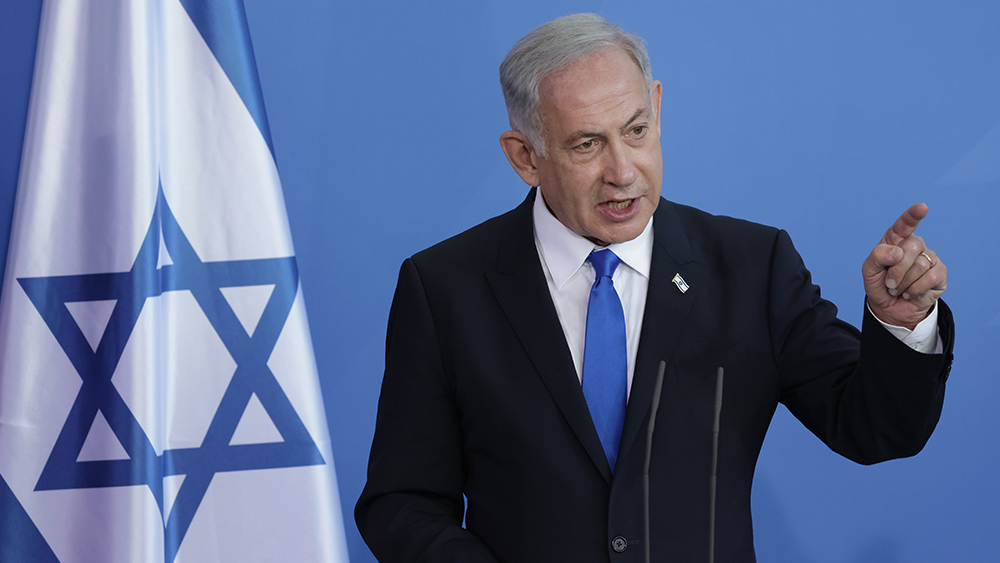NATO reaffirms stance of not directly engaging Russia despite Ukraine’s pleas
09/04/2024 / By Richard Brown

The North Atlantic Treaty Organization has reiterated its desire to avoid direct involvement in Ukraine’s conflict with Moscow amid Kyiv’s efforts to get the military alliance to help its struggling air defenses by shooting down Russian missiles and drones.
Polish Minister of Foreign Affairs Radoslaw Sikorski reiterated NATO’s stance as he addressed the press on Monday, Sept. 2, following reports that Kyiv is repeatedly asking Western allies to help intercept Russian missiles and drones as the state of its air defenses – mostly supplied by NATO – deteriorates. (Related: Russia launches over 200 drones and missiles targeting critical energy infrastructure in Ukraine.)
The NATO spokesperson reiterated that the alliance is not a party to the conflict and focuses on preventing escalation. Although individual member states can protect their own airspace, they must closely consult with NATO to ensure broader implications are considered.
However, Sikorski did endorse the idea of shooting down certain Russian targets over Ukraine, arguing that it would be a legitimate act of self-defense if these hostile projectiles entered Polish airspace, due to the risk of missile or drone debris causing injury to Polish citizens.
He emphasized that NATO membership does not override each nation’s duty to protect its airspace.
Warsaw and Kyiv signed a defense pact in July that committed both nations to explore the feasibility of allowing Poland to intercept Russian missiles and drones. However, Polish Minister of Defense Wladyslaw Kosiniak-Kamysz stated that such an action would require Poland to seek NATO’s approval.
Outgoing NATO Deputy Secretary General Mircea Geoana confirmed that the alliance respects each member’s sovereign right to national security but stressed the importance of consulting before engaging in actions that could affect the alliance as a whole.
He praised Poland for its adherence to this consultative process and emphasized NATO’s commitment to supporting Ukraine while avoiding actions that might escalate the conflict.
Before this, Ukrainian Minister of Defense Rustem Umerov was busy getting NATO to agree to the concept of an “air defense shield” helmed by NATO.
NATO boosts materiel support for Ukraine
Ukraine was the focal point of last July’s NATO summit in the United States, where the alliance unveiled plans to boost support for Kyiv and offer an “irreversible” path to eventual membership. Announced measures include establishing a new NATO command to coordinate training and arms deliveries, sending F-16 fighter jets and introducing a new security compact. These steps reflect efforts in Western capitals to provide long-term support as Russia’s aggression persists.
Andriy Yermak, an advisor to Ukrainian President Volodymyr Zelensky, expressed satisfaction with the summit outcomes, noting that “the alliance made real steps forward.” However, the summit also exposed a key challenge in Western strategy: While military aid has been crucial for Ukraine’s defense, it has not been sufficient for a decisive victory.
Liana Fix, a fellow at the Council on Foreign Relations, criticized the approach, stating that it only supports Ukraine to maintain its position rather than secure outright victory. Allies on NATO’s eastern flank, including the Baltic states and Poland, have advocated for increased support, but wealthier allies like the United States have been cautious to avoid escalating tensions with Moscow.
The renewed support comes amid ongoing Russian airstrikes targeting Ukraine’s energy infrastructure, causing extensive power outages. The day before the summit, Russia struck a children’s hospital in Kyiv, underscoring the urgent need for NATO’s measures. Michael Kofman from the Carnegie Endowment for International Peace highlighted that these new steps, particularly in air defense, are crucial to counter Russia’s advantages.
In announcing the new military aid package, the White House said the U.S. and its allies will be providing Ukraine with five new air defense systems, a move seen as essential to help Ukraine mitigate the damage caused by Russian drone and missile strikes.
Yet, officials acknowledged that additional measures are needed for Ukraine to turn the tide. Royal Netherlands Navy Admiral Rob Bauer, NATO’s Military Committee chair, emphasized the importance of not only coordinating training but also ensuring Ukraine can recruit enough soldiers to sustain its defense.
Watch this clip from CNN discussing how Kyiv is seeking Washington’s approval to strike targets within Russia using American-supplied missiles.
This video is from the TrendingNews channel on Brighteon.com.
More related stories:
Russian official warns U.S. will face WORSE CONSEQUENCES for backing Ukraine’s strikes on Kursk.
Ukrainian military shoots down its own F-16 fighter jet provided by U.S. earlier this year.
Ukraine escalates long-range strikes, sends drones to attack Russian military air base.
Putin fuels World War III fears with deployment of nuclear-capable bombers near NATO borders.
Sources include:
Submit a correction >>
Tagged Under:
air defenses, big government, conflict, drone wars, drones, foreign aid, military, military aid, military tech, national defense, national security, NATO, North Atlantic Treaty Organization, rational, resist, Russia, Russia-Ukraine war, Ukraine, Volodymyr Zelensky, weapons technology, WWIII
This article may contain statements that reflect the opinion of the author
RECENT NEWS & ARTICLES
COPYRIGHT © 2022 UkraineWitness.com
All content posted on this site is protected under Free Speech. UkraineWitness.com is not responsible for content written by contributing authors. The information on this site is provided for educational and entertainment purposes only. It is not intended as a substitute for professional advice of any kind. UkraineWitness.com assumes no responsibility for the use or misuse of this material. All trademarks, registered trademarks and service marks mentioned on this site are the property of their respective owners.

